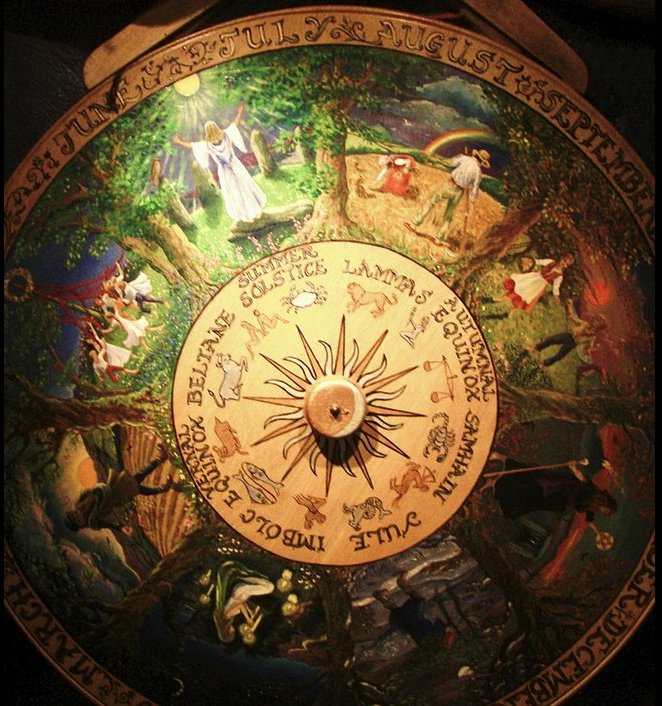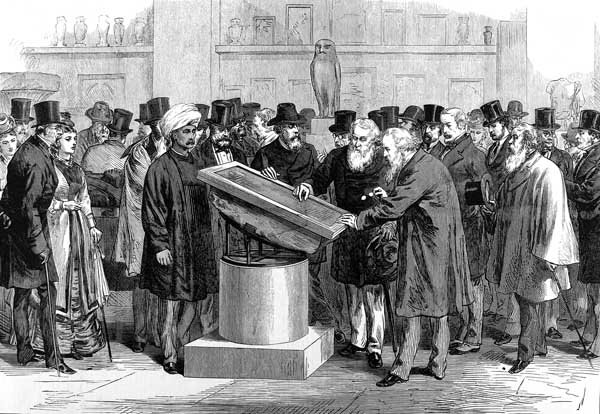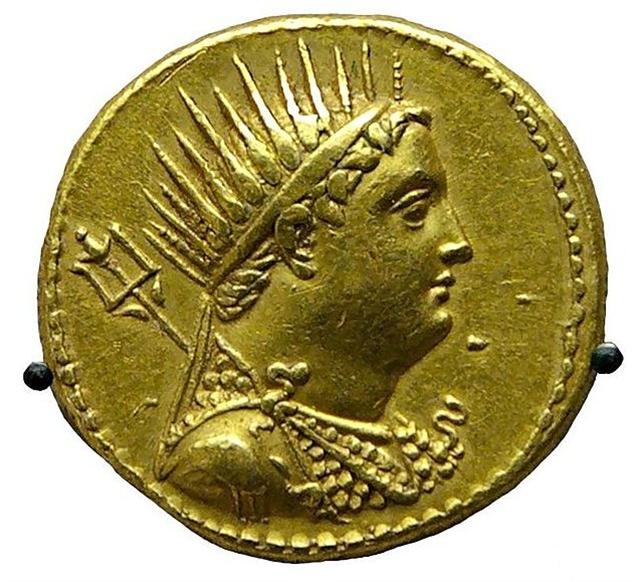|
TAHUA
17. Once again. Evidently Lammas (Lughnasadh) coincided with a kind of conjunction between the Lion and the Virgin:
The tip of the tail of Leo (→ Tuft)
in the illustration of Lammas above, appears to have been cut off in order to be relocated and then grown to become the end letter S (→ σ) above the 'spire' of Virgo. And the face of the male figure at right in the panel above can no longer be seen. For he has Turned around (→ Al Sarfah, Denebola, β Leonis) and he wears a Hat (→ Sombrero Galaxy, M104). ... But in the fullness of time an obscure instinct led the eldest of them towards the anthill which had been occupied by the Nummo. He wore on his head a head-dress and to protect him from the sun, the wooden bowl he used for his food. He put his two feet into the opening of the anthill, that is of the earth's womb, and sank in slowly as if for a parturition a tergo. The whole of him thus entered into the earth, and his head itself disappeared. But he left on the ground, as evidence of his passage into that world, the bowl which had caught on the edges of the opening. All that remained on the anthill was the round wooden bowl, still bearing traces of the food and the finger-prints of its vanished owner, symbol of his body and of his human nature, as, in the animal world, is the skin which a reptile has shed ...
His left hand connects with a Rain Bow. ... The Katawihi distinguish two rainbows: Mawali in the west, and Tini in the east. Tini and Mawali were twin brothers who brought about the flood that inundated the whole world and killed all living people, except two young girls whom they saved to be their companions. It is not advisable to look either of them straight in the eye: to look at Mawali is to become flabby, lazy, and unlucky at hunting and fishing; to look at Tini makes a man so clumsy that he cannot go any distance without stumbling and lacerating his feet against all obstacles in his path, or pick up a sharp instrument without cutting himself ... And an Archer (→) needs a Steady Hand: ... Llew Llaw Gyffes ('the Lion with the Steady Hand'), a type of Dionysus or Celestial Hercules worshipped in ancient Britain, is generally identified wíth Lugh, the Goidelic Sun-god ...
The Sun dates will not change in a Sun calendar - they will always be in tune with the precession of the cardinal points of the Sun. This implies the constellations ought to stop moving and instead follow the lead of the Sun King. ... In Greek mythology, the Symplegades, also known as the Cyanean Rocks or Clashing Rocks were a pair of rocks at the Bosporus that clashed together randomly. They were defeated by Jason and the Argonauts, who would have been lost and killed by the rocks except for Phineas' advice. Jason let a dove fly between the rocks; it lost only its tail feathers. The Argonauts rowed mightily to get through and lost only part of the stern ornament. After that, the Symplegades stopped moving permanently. The Romans called them cyaneae insulae ...
... But so completely is Aagjuuk identified with mid-December and the winter solstice that one Igloolik elder, invited to point to the constellation in early November, firmly replied that we would not see it until around Christmas, and this in spite of the fact that Altair was at the time in full view to the southwest ... And this state of order seems evidently to have begun at the ancient time when the transition from Leo to Virgo occurred in the month of AUGUST.
Counting backwards from NOVEMBER 28 (332) at Gb1-23 (→ 123) to AUGUST 1 (213) will bring us from glyph number 252 (Gb1-23) to glyph number 252 - (332 - 213) = 252 - 119 = 133 (Ga5-23). I.e., to what should be Lugh-Nasadh:
The Pope Gregory XIII had shifted the Julian date for Spring equinox to a place 4 days earlier in the year. And day *201 (October 8) = 13h + 4 days. ... It inaugurates the most accurate solar calendar known to the ancient world, with 365¼ days per year. It declares the deceased princess Berenike a goddess and creates a cult for her, with women, men, ceremonies, and special 'bread-cakes'. Lastly it orders the decree to be incised in stone or bronze in both hieroglyphs and Greek, and to be publicly displayed in the temples .The traditional Egyptian calendar had 365 days: twelve months of thirty days each and an additional five epagomenal days. According to the reform, the 5-day 'Opening of the Year' ceremonies would include an additional 6th day every fourth year. The reason given was that the rise of Sothis advances to another day in every 4 years, so that attaching the beginning of the year to the heliacal rising of the star Sirius would keep the calendar synchronized with the seasons. This Ptolemaic calendar reform failed, but was finally officially implemented in Egypt by Augustus in 26/25 BCE, now called the Alexandrian calendar, with a sixth epagomenal day occurring for the first time on 29 August 22 BCE. Julius Caesar had earlier implemented a 365¼ day year in Rome in 45 BCE as part of the Julian calendar ...
|
||||||||||||||||||||||||||||||||||||||||||||||||||||||||||||||||||||||||||||||||||||||||||||||||||||||||||||||||||||











